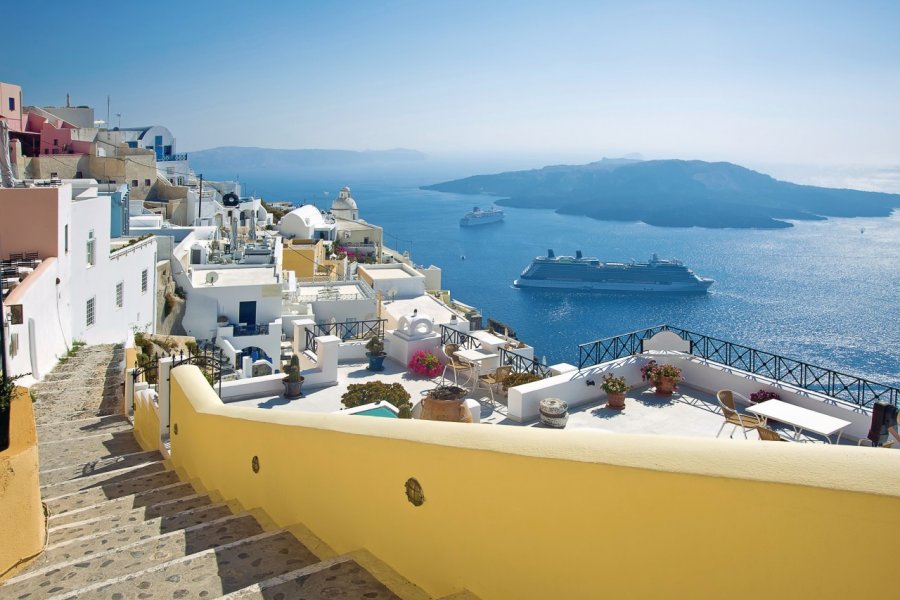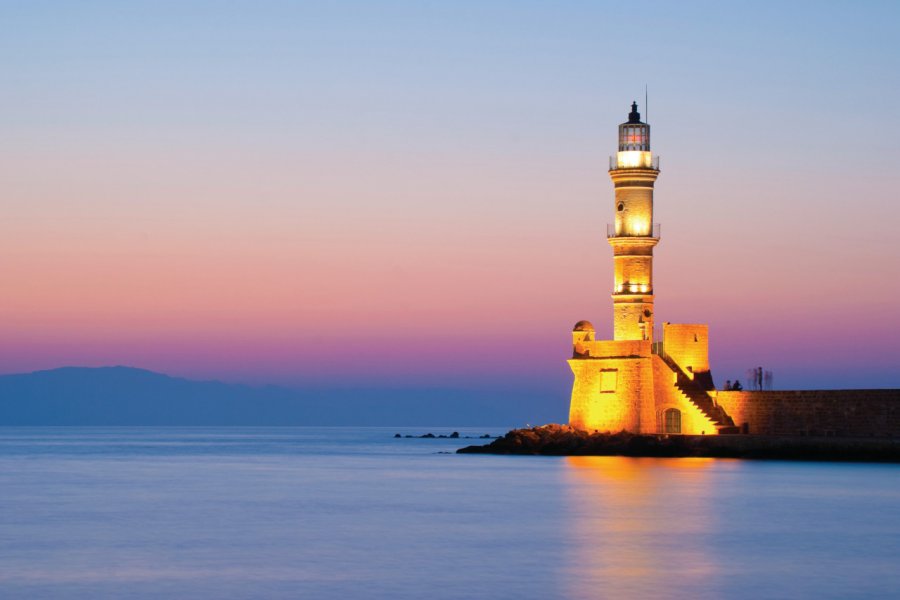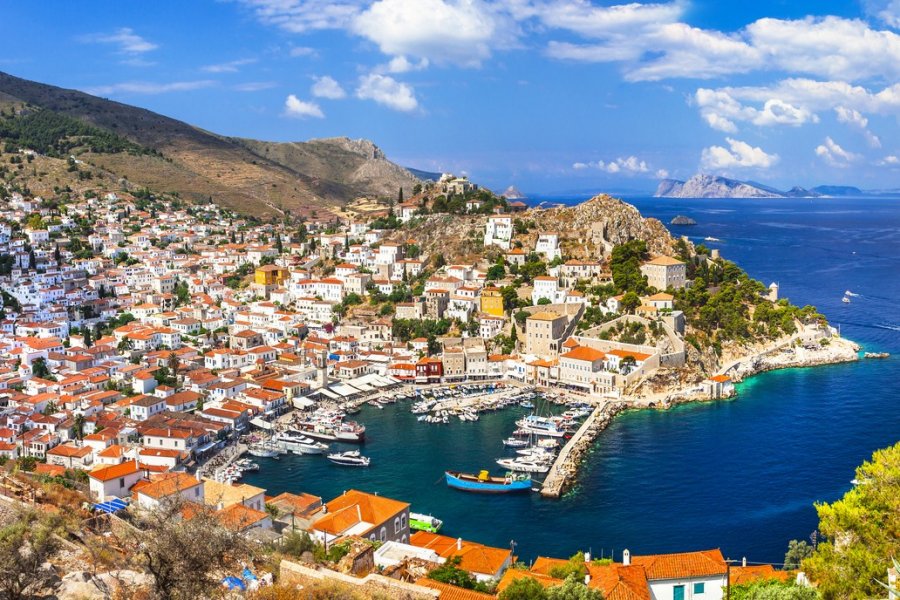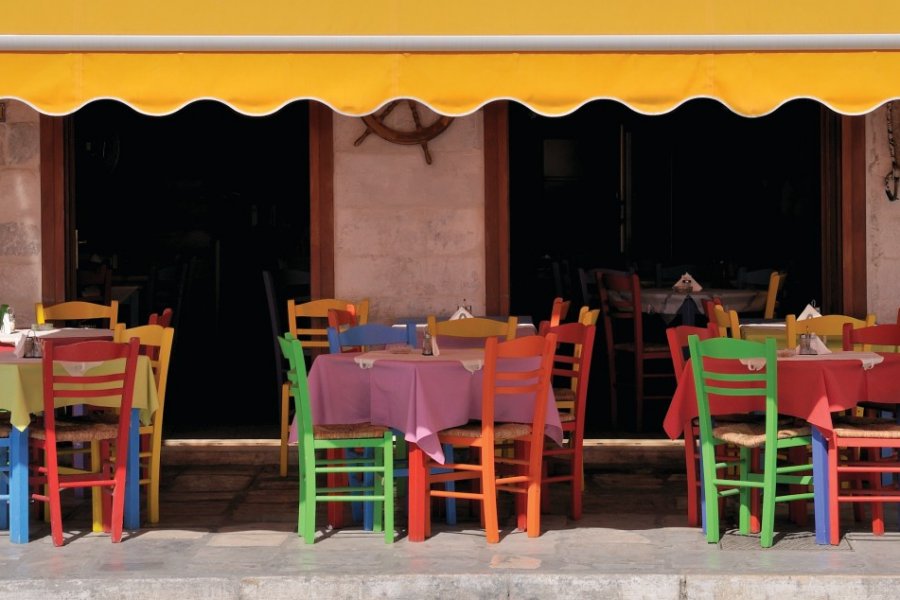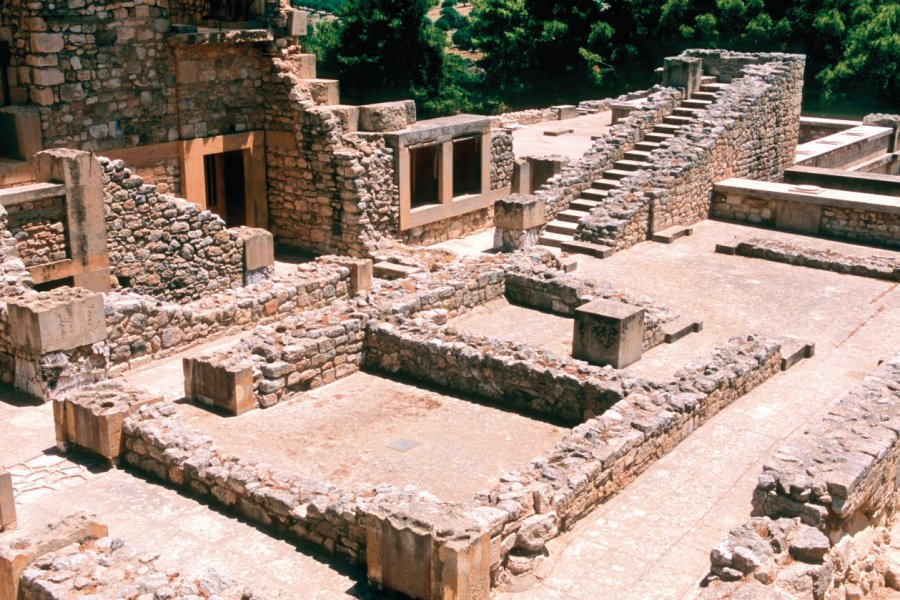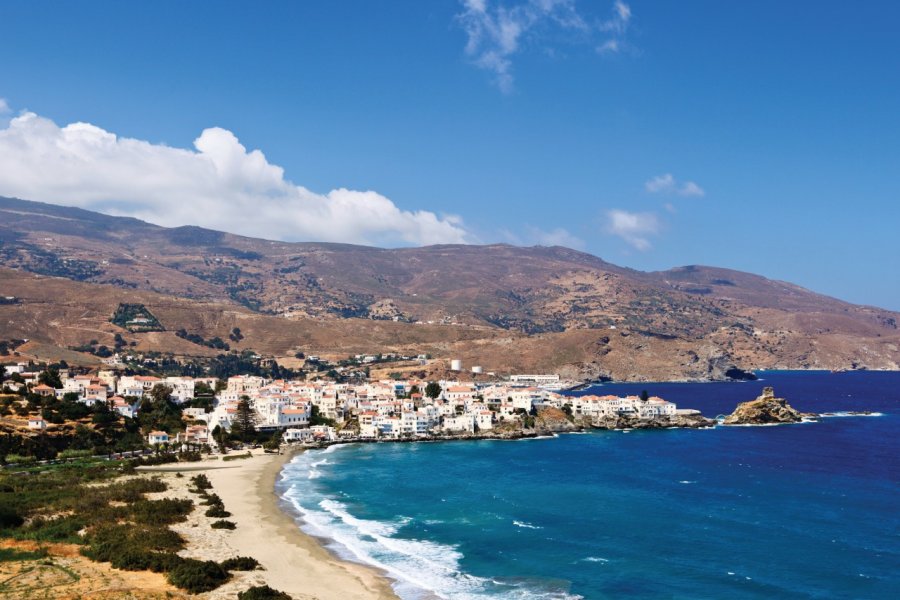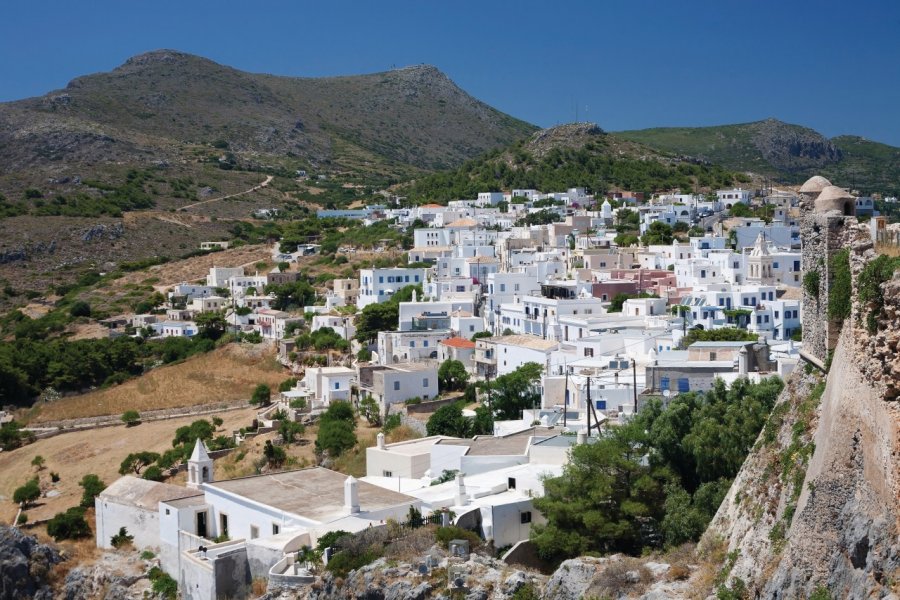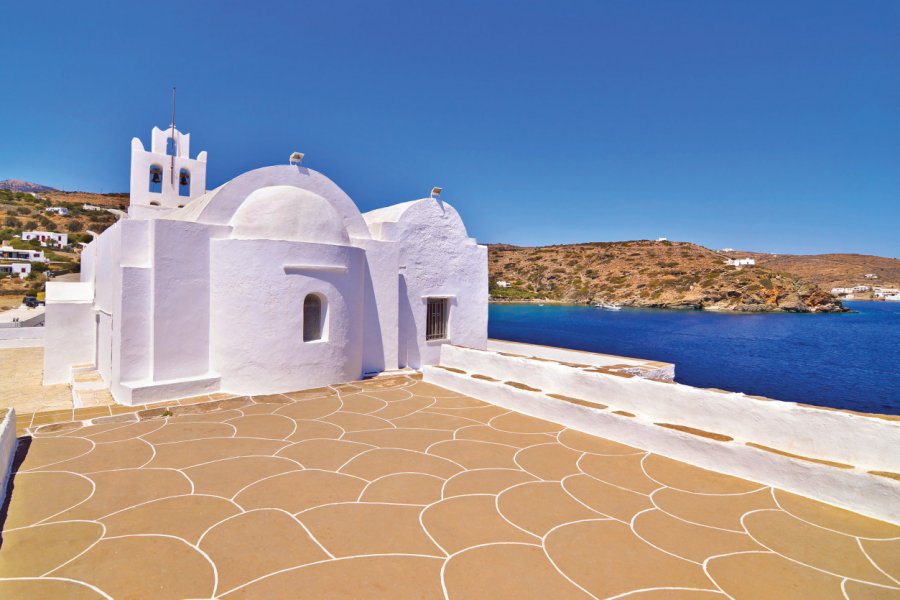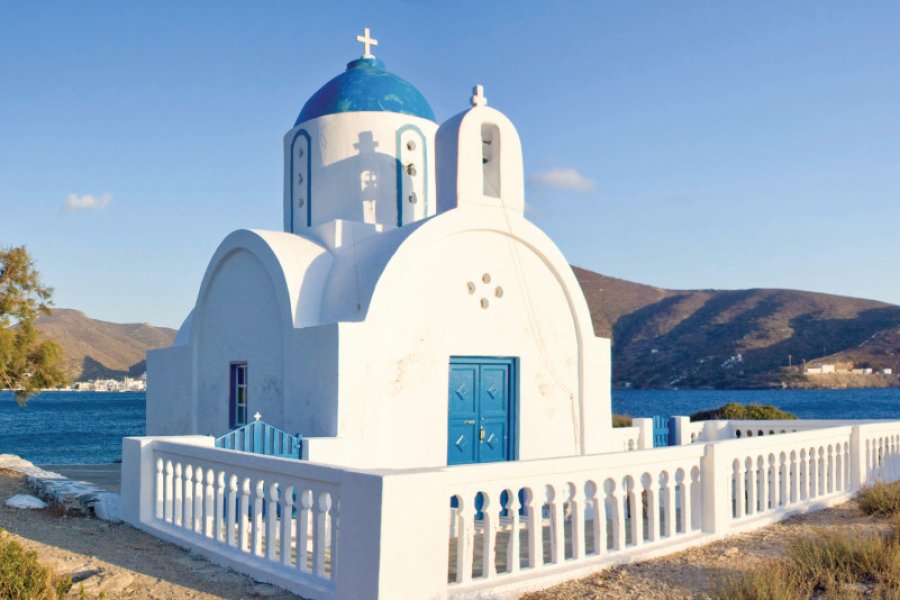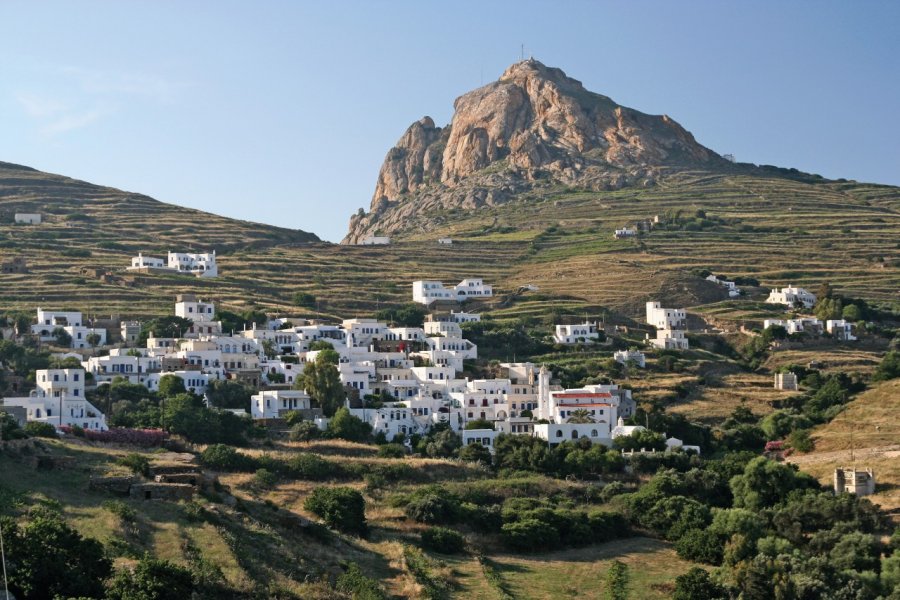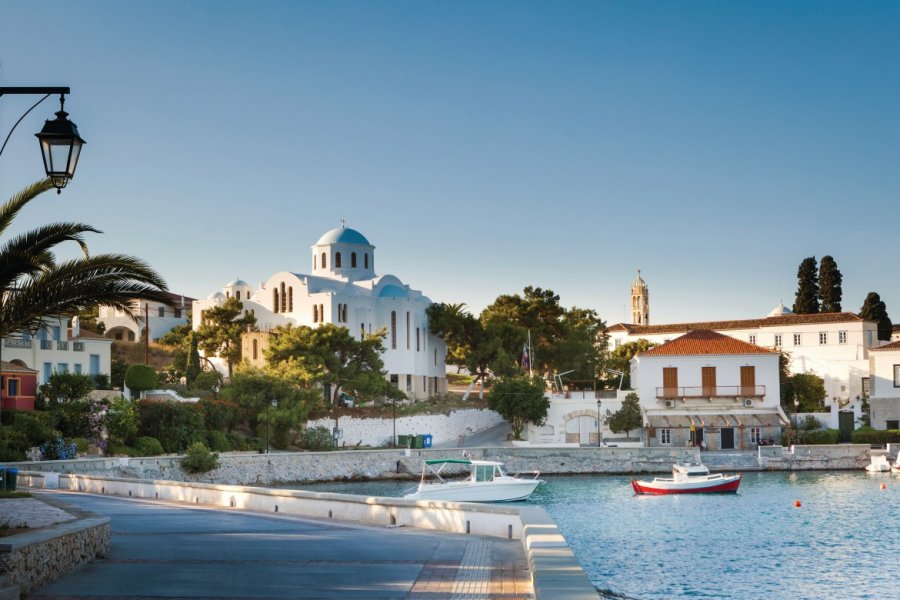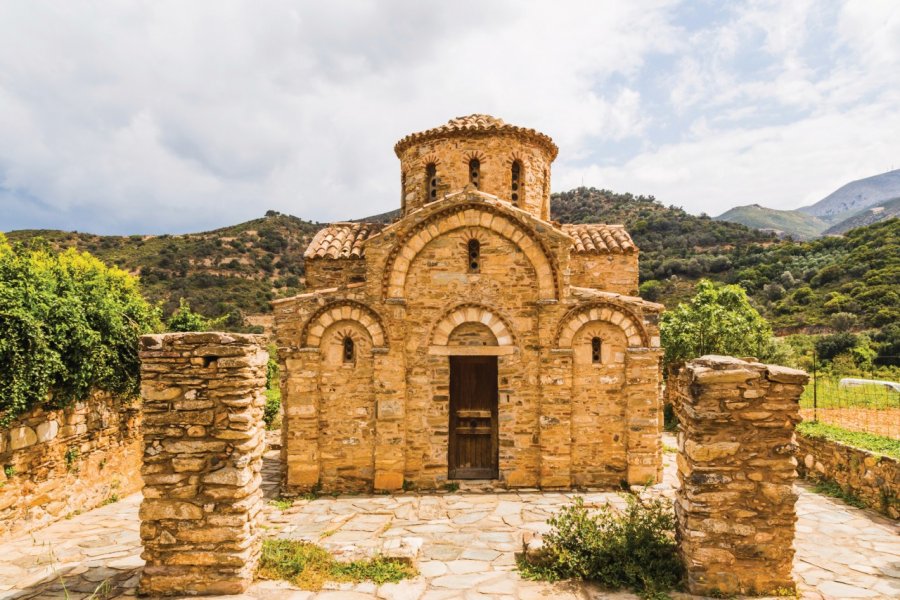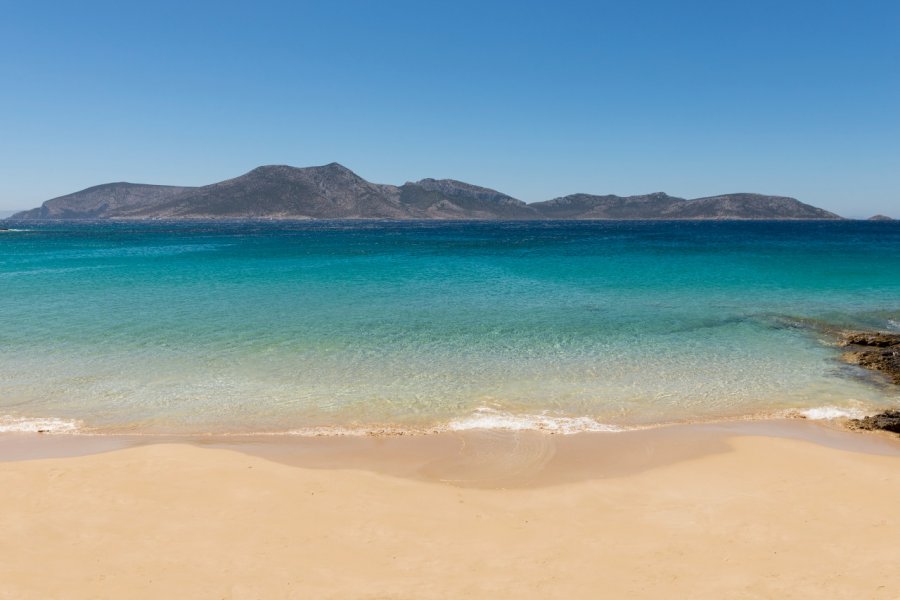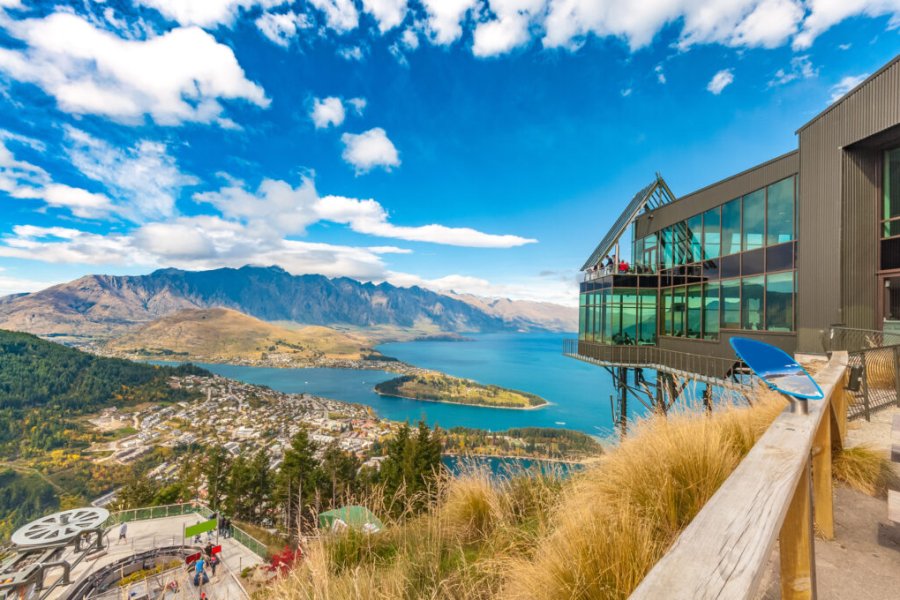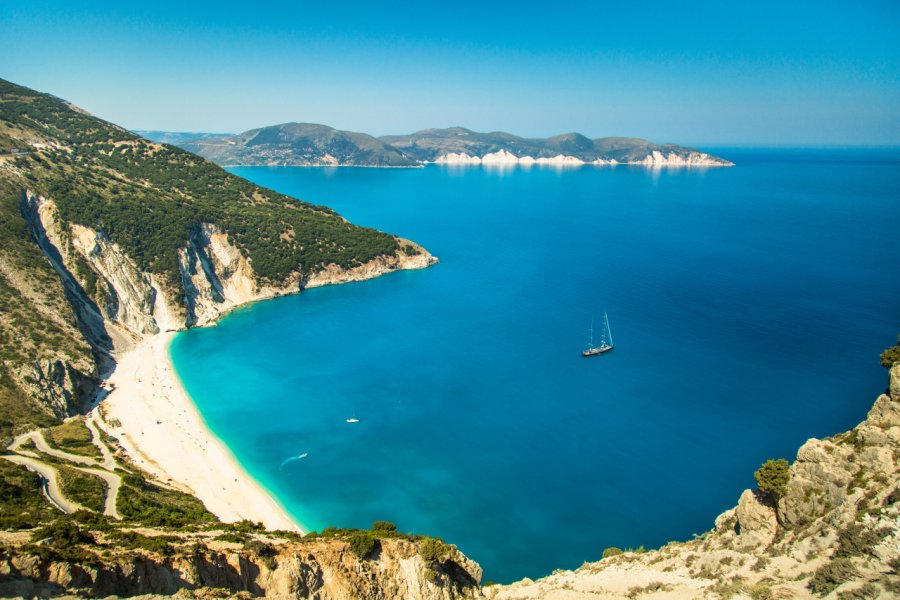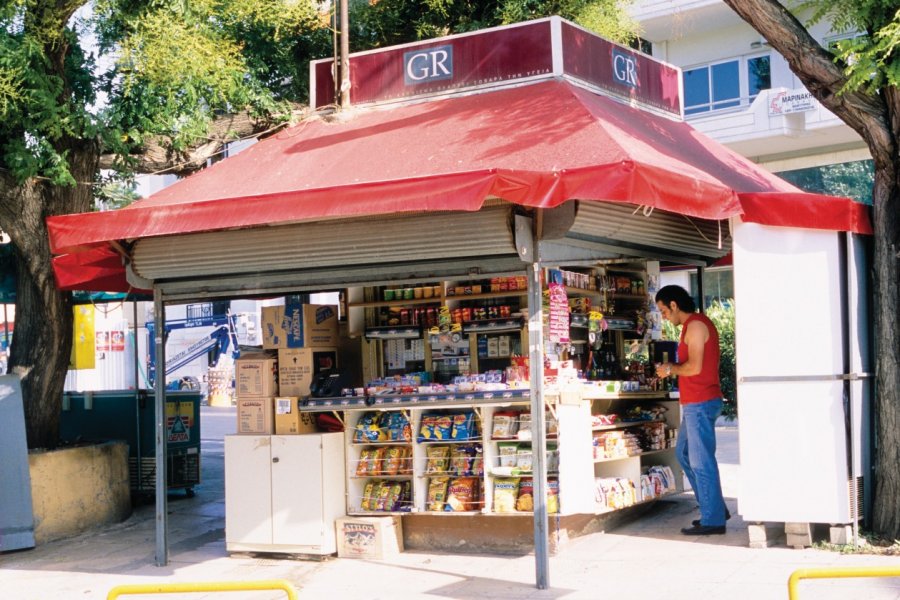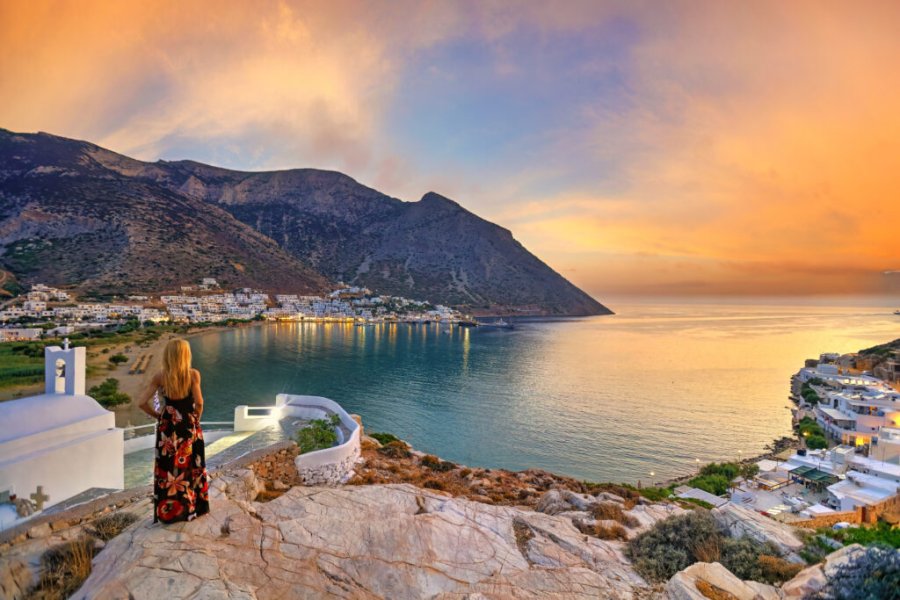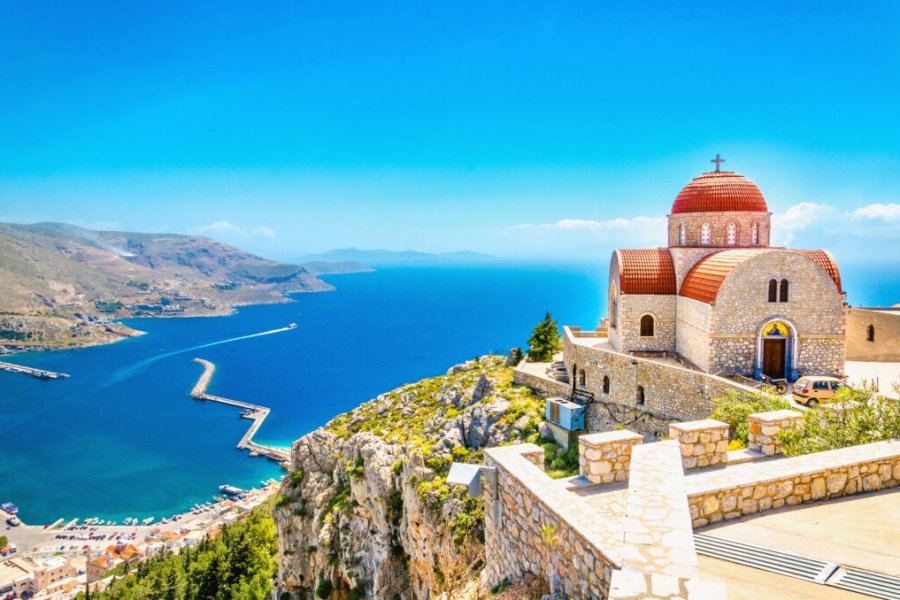Travel Guide Iles grecques
A lifetime of travel would not be enough to go around the countless islands of Greece. And yet, one would have to multiply flights and crossings to take the measure of the 6,000 islands and islets scattered in the Ionian and Aegean Seas, 227 of which are inhabited. There is something for everyone: ancient ruins, white and blue villages, hot springs, heavenly beaches, isolated coves, pebbles, white or black sand, volcanic mountains, pine forests, olive trees, breathtaking limestone cliffs... Like mainland Greece, these islands are also the cradle of some of the oldest European civilizations and are home to a sparkling heritage embodied primarily by the archaeological sites of the Cyclades (Akrotiri, the Greek Pompeii, in Santorini, Delos, the island of Apollo, near Mykonos). In addition to the Cyclades and of course Crete, the island wealth of Greece is developed in five other archipelagos: the Dodecanese, the Saronic Islands, Evia, the Sporades and the islands of the northeast Aegean. You will be spoilt for choice, with one constant, everywhere: the legendary Greek hospitality is not a myth!
What to visit dans les Iles grecques?
Suggested addresses des Iles grecques
When to go to dans les Iles grecques?
In the islands, the tourist season lasts from the beginning of May when the weather starts to become mild, until mid-October - or even the end of October - when the rain starts to fall. The months of July and August are considered the high (and very high in August) season. As the islands enjoy a pleasant climate most of the year, the best time to go to the Greek islands is in May, June and September, to discover them in a more calm and serene atmosphere. If you want to visit during a popular holiday, you should choose a trip during the Orthodox Easter, at the end of April. It is a great popular and warm festival for about ten days. But it has a price, too: prices increase by 9% everywhere because of a religious tax.
Weather at the moment
The weather forecast announces each year 3,000 hours of sunshine in most of the Greek islands... In fact, the climate is very hot in July and August and pleasant from May until October. Of course, the further south you go, the hotter it gets: in Rhodes, in the Dodecanese, you can still swim in November...
Athènes
Thessalonique- Thessaloniki
The Greek islands, like Greece, are part of the Euro zone. In the tourist places, you can expect high prices, more than in mainland Greece. On the other hand, some islands and villages are not yet too affected by tourism, and prices are still affordable. Theoretically, the service is included in the bill. It is customary to leave 5 to 10%.
For European Union citizens, an identity card or passport is sufficient. For unaccompanied minors, an authorization to leave the country is required (forms can be obtained at the town hall or police station). No visa is required for Canadian nationals if their stay is less than three months. For Swiss nationals, a valid identity card or passport is required.
The Greek islands, like mainland Greece, do not present any major health risks. Tap water is drinkable and hygiene is equivalent to France. No vaccination is recommended before leaving. However, beware of mosquito bites, ticks when camping and especially sunburns.
Practical information
- When to travel?
- Weather forecast
- Budget
- Formalities
- Health
- How to travel by yourself?
- How to get organized?
- Getting around
Media
How to go to dans les Iles grecques? Our advice & tips
The agencies offer all types of services on the islands: excursions, visits to archaeological sites, diving, luxury villa rentals, hotels, cruises, hiking, wine tasting and local products. The organized tours often allow to couple several islands in the same geographical area like the traditional cruise in the Cyclades which connects Athens, Naxos, Santorini, Delos and Mykonos.
There are direct flights to Santorini and Mykonos in the summer. In other cases, you will have to make a stopover in Athens. It is of course possible to reach the islands by ferry from the mainland (Piraeus, Rafina), Crete or the neighboring archipelagos.
You can travel from island to island by boat within the same archipelago and once on land you can travel by bus, car or rented scooter. The bus networks are very centralized. The car is one of the most efficient means of transportation to discover the islands. However, we recommend you to be very careful when driving, as Greeks are very inventive when it comes to interpreting traffic rules.

